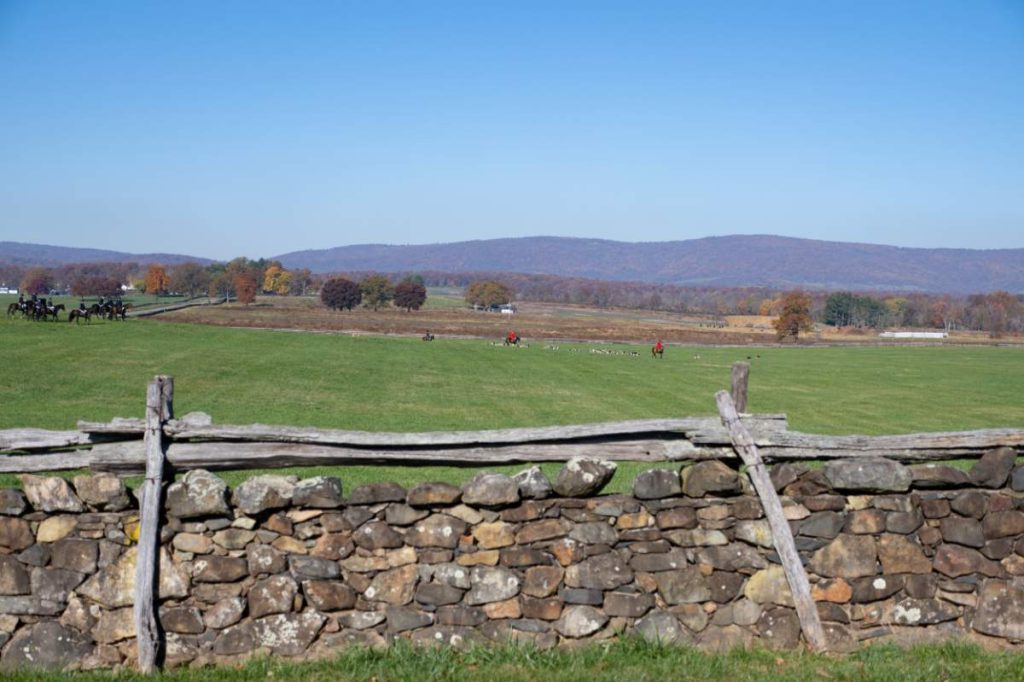A conservation easement is a private legal agreement between a landowner and a qualified land trust that protects the land from unwanted development in perpetuity. The landowner works with the land trust to craft the legal easement document so that it protects the significant natural and cultural attributes of the land. The conservation easement is a permanent legal document that gets recorded with the property’s deed and travels with the property even when the property changes ownership.
Conservation easements permanently protect the open space and environmental resources of properties for future generations and help conserve the greater integrity of Virginia Piedmont’s historic landscape. Additionally, landowners receive state tax credits which can be sold, as well as federal income tax deductions. Easements also reduce the property taxes for the landowner.

Permanent protection of your land and wildlife habitat from destructive development while retaining control of your property.
Reduction of your private land taxes related to the value of your property that you gave up by gifting the easement.
Customized agreement that meets your needs, depending on your plans and goals for your property.
Free from any state or local government having agency over your land. Easements are a private agreement made between a landowner and land trust.
Retain access to your current economic benefits from your land through trade or business farming, such as soil cultivation and harvesting agricultural and horticultural commodities.
Receive state tax credits which can be sold and federal tax credits that can be deducted.
Join your community and gather several investors to participate in syndicated conservation easements.
A key component for effectively maintaining your land conservation values & easement stewardship is to develop a system for organizing and accessing the essential materials related to your easement.
A conservation easement record-keeping system should be developed around a filing procedure that protects you as a landowner and negates the need to enter a tax court or the legal system more than necessary.
An effective record-keeping system should meet the following criteria:
Researching the methods that other landowners have developed to record and register their property easements is also an effective method in creating your record-keeping system. Reach out to local conservation easement property owners and let your community help you in your conservation easement journey.

We at the Piedmont Fox Hounds Conservation Fund work tirelessly to educate local landowners on the benefits and impact of conservation easements. We’ve compiled a list of resources to benefit any landowner researching easements for conservation purposes.
